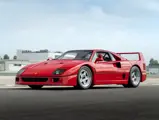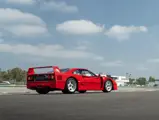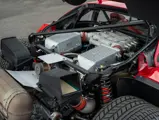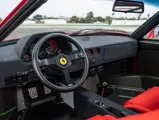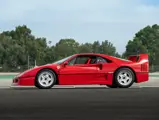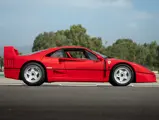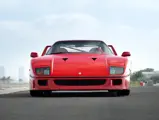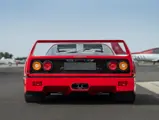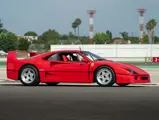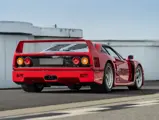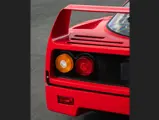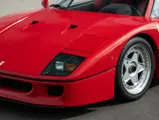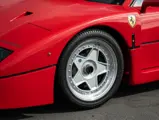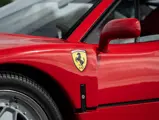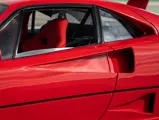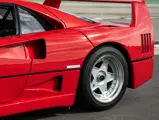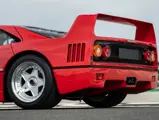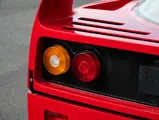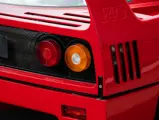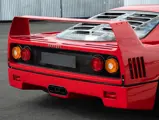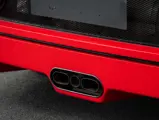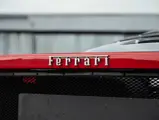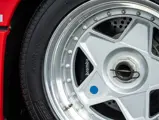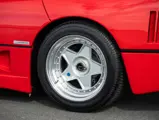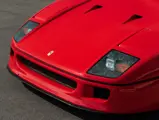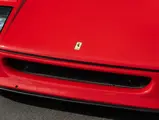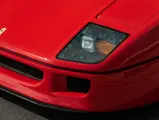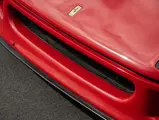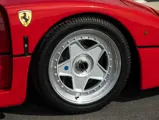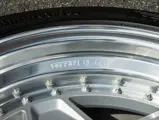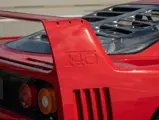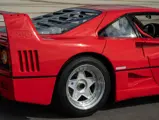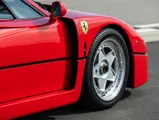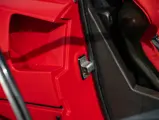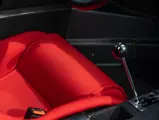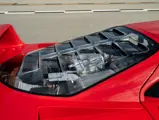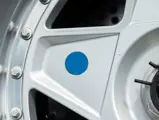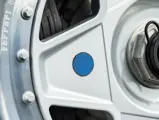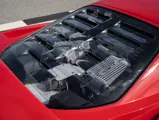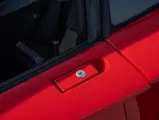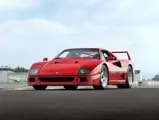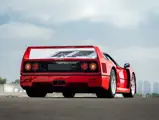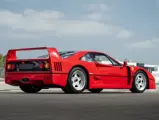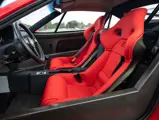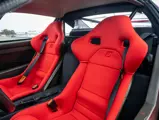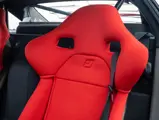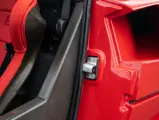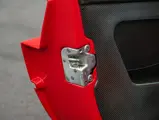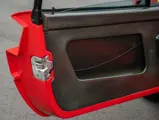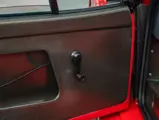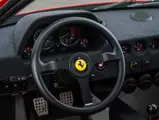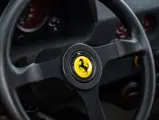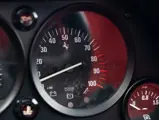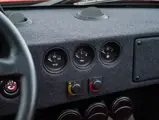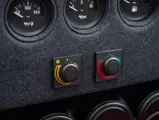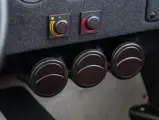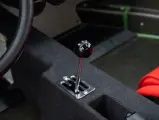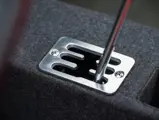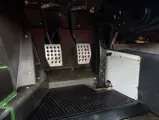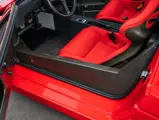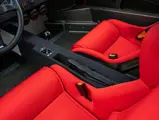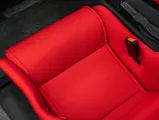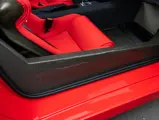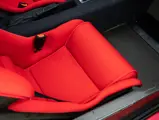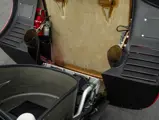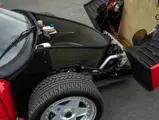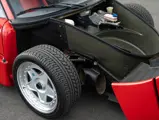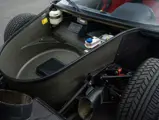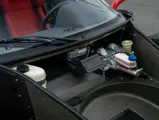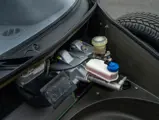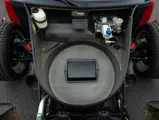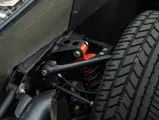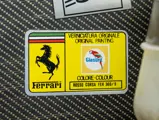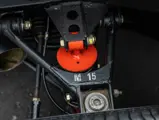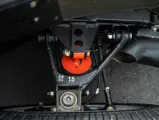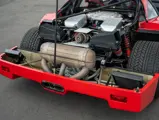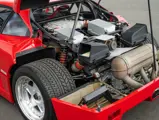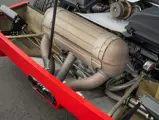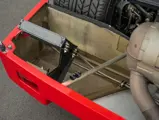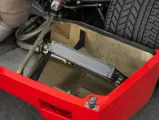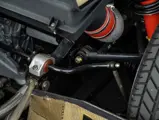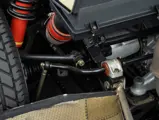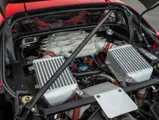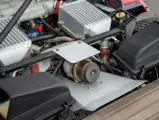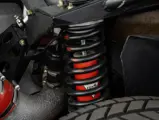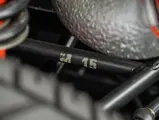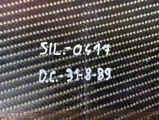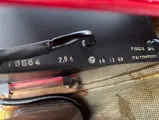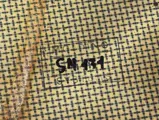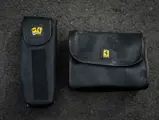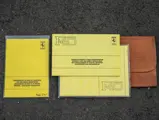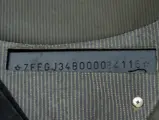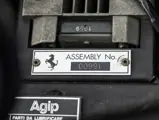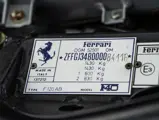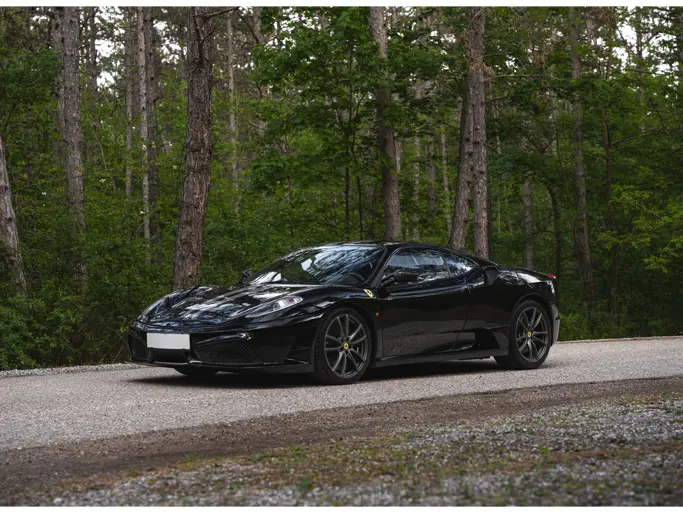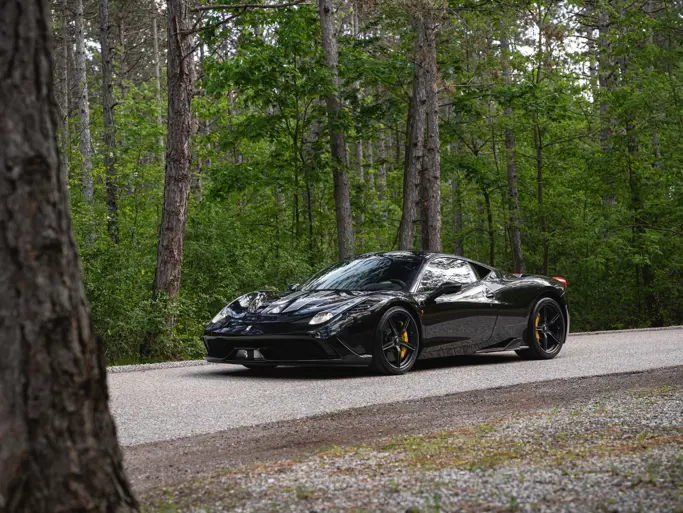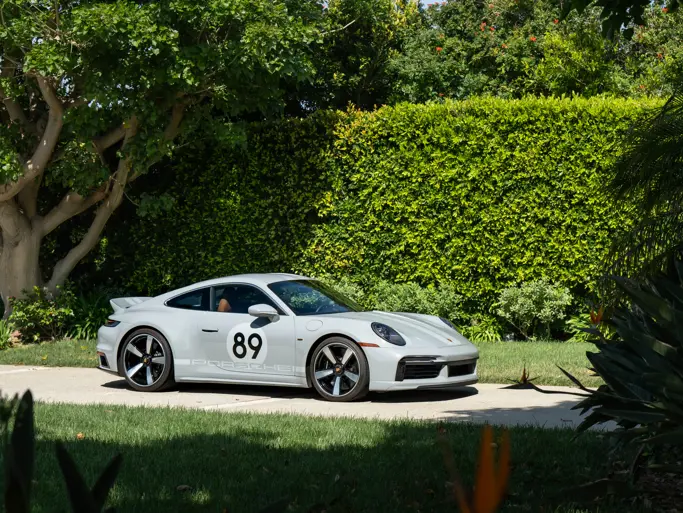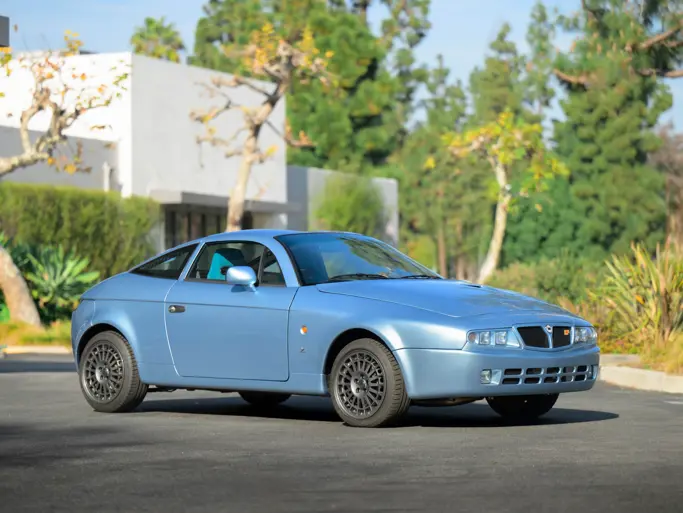Miami 2024
1990 Ferrari F40
{{lr.item.text}}
$3,360,000 USD | Sold
 | Coral Gables, Florida
| Coral Gables, Florida
{{internetCurrentBid}}
{{internetTimeLeft}}

- Single ownership and fewer than 1,200 km (~746 miles) from new
- A rare and desirable European-specification “non-cat, non-adjust” example
- Benefitted from a major service totaling over $70,000 in 2023
- Ferrari Classiche Certification submitted and pending
- Retains its matching-numbers body, chassis, engine, and gearbox
- Accompanied by books and tools
- An icon of the original supercar era; as thrilling to drive as its looks suggest
Few cars have captured the imagination of a generation in quite the same way as the Ferrari F40. The final design signed off on by Enzo Ferrari, this be-winged exercise in hedonism is the ultimate 1980s supercar.
Unveiled at the 1987 Frankfurt Motor Show, the F40 owed its existence to the 288 GTO Evoluzione that had been developed to compete in Group B at Le Mans. It was hoped that the Evoluzione would repeat the success of its forebearers at the French classic, but a spate of accidents meant the Group B formula was axed. Rather than abandoning the project, however, Maranello engineers adapted the design for production. Launched to mark the firm’s 40th anniversary, the resultant F40 was among the greatest cars of the 20th Century.
An uncompromising racer for the road, the Ferrari dispensed with anything superfluous to driving pleasure; its ethos was closer to the 250 GTO than its contemporaries, the 328 and Testarossa. The dashboard fascia was trimmed in stark gray cloth, while many cockpit surfaces were left bare; there were no interior door handles, the seats were thinly upholstered, and early cars had polycarbonate windows. The F40 was born in an era of unashamed excess, yet was almost masochistically austere. But never has it been truer that less is more.
Clad in aluminum, carbon fiber, and Kevlar panels, the car shared its predecessor’s 2,450-milimeter wheelbase but extra bracing meant the tubular-steel chassis was stiffer than before. Attributed to Leonardo Fioravanti, the brutal bodywork, meanwhile, was the ultimate in pitlane chic. Honed in the wind tunnel, it was lightweight and aerodynamically efficient, and, with its vast wing, remains one of the most recognizable designs of all time.
Beneath the skin, the F40 continued the theme of a street-legal racer. Based on the 288 GTO unit, the dry-sump V-8 was stretched to 2,936 cubic centimeters, while boost from the twin turbos was increased from 0.8 to 1.1 bar. Driving through a manual five-speed transaxle, the Tipo F120 040 engine was good for 478 horsepower and 425 pound-feet of torque—enough to propel the car from 0 to 100 km/h in 4.1 seconds. Top speed was a headline-grabbing 324 km/h, making the F40 the fastest car on earth. Driver aids were conspicuous by their absence.
CHASSIS 84116: THE PURIST’S CHOICE
Several changes were made to the F40 over the course of production, mostly due to safety and emissions concerns. Two of the most significant changes were the option of an innovative but sometimes troublesome self-leveling suspension system allowing the driver to adjust the height of the car. Another change was the addition of catalytic converters to meet tightening environmental regulations. F40s without the adjustable suspension and catalytic converts, known in the community as “non-cat, non-adjust,” are highly prized for their superior handling and less restricted engines.
Chassis 84116 is a hugely desirable “non-cat, non-adjust” European-market example which has benefited from being owned by one enthusiast from new. A prolific supercar collector, this F40 was delivered new to the original owner’s immense collection where it remained largely out of the public eye over the decades.
Upon being removed from storage and entering the United States in 2022, the F40 was subject to a major mechanical recommissioning by Norbert Hofer’s Gran Touring Classics of Long Beach, California. Although in running condition with a few days’ work, a thorough inspection of the car was carried out to determine what would need to be done for it to be able to safely return to the road and a multi-month service began. Total servicing costs exceeded $70,000 and are on file with the car. The original tires were still fitted to the car upon arrival and were replaced due to their age for safety reasons. Additionally, the foam baffles in the F40’s original fuel tanks were removed, and the tanks have been cleaned.
Fascinating original elements unseen on most F40s can be found throughout this example. Original circular blue stickers from inspection at the factory are still on all four wheels, and carbon weave is visible through the thin paint. Various body numbers and production dates can be found on panels, white factory plastic film still covers the kick plate next to the gas pedal, and the car is free from any modifications. Handwritten dates on the bottom of both carbon seats note the date 31 August 1989.
Today the car shows fewer than 1,200 original kilometers (~746 miles) at the time of cataloguing. After its service was complete in April 2023, the F40 was sent to Ferrari Newport Beach, where it was carefully inspected for Ferrari Classiche Certification. At the time of cataloguing, the application to Ferrari was submitted and is pending.
The chance to buy single-owner F40s with such low original mileage is an extremely rare occurrence. As a desirable “non-cat, non-adjust” example, this F40 is an ideal example for a collector looking for a well-preserved example of the purest version of the F40.

